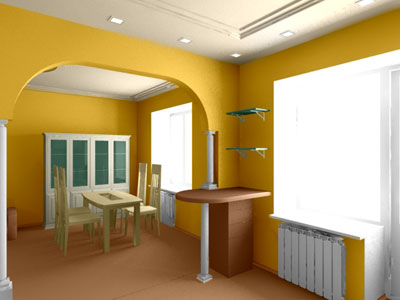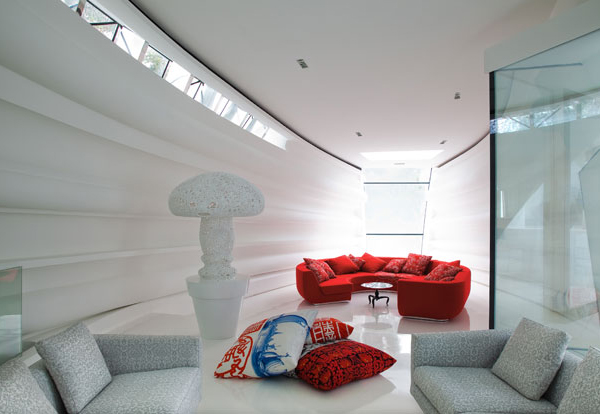
Color and Harmony Home
Understanding Color Harmonies
Color wheel is a simple but effective tool that allows you to create the perfect color combination. Color wheel is divided into 12 parts. These colors are placed in a circle, so that it is easier to see how the combinations can be developed.
The following is the most popular color harmonies:
* Analogous colors are the colors next to each other, the color wheel. These colors work well together when you are looking to limit the contrast and create a calm, serene color combination. These combinations usually include 3 color.
* Complementary colors are directly opposite each other in the color wheel. The complementary combination of only 2 colors, for example, is a red and green. These colors, combined with the most contrast, especially when they are used to their sense of the most vibrant form.
* A Triad is the case where you have chosen the color, and instead used to supplement, when you use the two colors on both sides of complementary color, and the result is a 3-color combination, which is less contrast.
Even if there is more color harmonies other than these three, this will be the most powerful and most frequently used for exterior combinations. The relations to ensure a balance and it is pleasing to the eye. Keep in mind that not all the colors should be used as one, a single color should dominate, or to take a leading role, while others play a supporting role, while retaining the uniqueness of oman.
Warm vs. Cool colors
Colors are divided into warm and cool tones, which is based on their position in the color spectrum. Reds, yellows and oranges make up the warm side of the spectrum, while the blues, purples and greens cover the cooler tones.
Warm colors to bring the excitement. When compared to their responses to cooler, warm colors seem larger, more visible and more easily.
Cool colors are relaxing and comforting. Often, cooler shades used in more northern regions of the country, while warmer colors have become more prominent in the south. This is the result of the quality of the natural light of each region, and colors can be found in each of the natural environment.
Interested in learning what color is? Take our quiz and find Siding shade
















